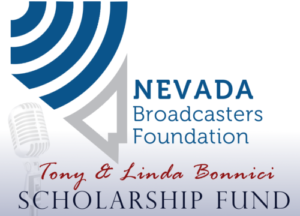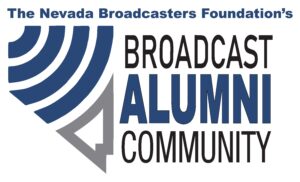Recently, FCC staff dismissed a request by the organization Free Press asking the FCC to investigate the broadcast of the President’s press conferences on the coronavirus and programs where commentators supported the President’s pronouncements. In addition to an investigation, the request asked that the FCC require that broadcasters “prominently disclose when information they air is false or scientifically suspect” in relation to these press conferences and other broadcasts. Free Press suggested that the FCC had the authority to take this action under its broad mandate to regulate in the public interest. It also cited the FCC’s hoax rule as providing support for such an action. As we have written before, the hoax rule is designed to prevent broadcasts that pose the risk of imminent harm to the public by potentially tying up first responders and emergency response teams for purported disasters and crimes that are not real. FCC staff dismissed the Free Press complaint, finding that the FCC is forbidden by Section 326 of the Communications Act from censoring the speech of broadcasters or otherwise abridging their freedom of speech. These First Amendment principles largely keep the FCC out of content regulation (with the limited exceptions of regulation in areas like indecency, obscenity and sponsorship identification where the message is not being censored, just certain means of expression).
In the Free Press decision, the FCC concluded that, in covering a breaking news story like the pandemic, it would be impossible for a broadcaster to fact check every statement made in a press conference and correct any misstatements in anything approaching real time, as there is so much room for interpretation of any statement made on these ongoing matters. It would also be impossible for the FCC to police any such mandate without trampling on First Amendment principles, as it would require the FCC to become the arbiter of the truth for many claims made on television. The FCC declined to take on that role, and noted that the hoax rule is narrowly drawn to avoid these First Amendment issues. That rule only punishes clearly false broadcasts that could foreseeably tie up first responders or cause substantial public harm. It does not get the FCC involved in evaluations of the truth of political statements and policy pronouncements. This is a position that has consistently been taken by the FCC, and one that we often see misstated in connection with demands for the take-down of issue advertising and non-candidate political attack ads.
In fact, two Democratic members of Congress recently wrote to Chairman Pai asking that he make explicit the FCC’s policy of not interfering in political speech. They wrote in connection with take-down notices recently sent to broadcast stations from a PAC affiliated with the President, with the PAC arguing that broadcasters have potential FCC liability for allegedly false statements made in an issue ad attacking the President on his handling of the coronavirus. The members of Congress, in their letter to Chairman Pai, asked that he release a statement that the FCC would not get involved in assessing the truth or falsity of political speech. In a response issued at the end of last week, here, the Chairman seemingly agreed that the FCC will stay out of any assessments of political speech. The Chairman further challenged the Congressmen, to be consistent, to issue a statement condemning Free Press’ attempts to get the FCC into content regulation.
While the exchange in these communications may seem political, it actually reflects a consistent theme of the FCC over the years to avoid the appearance of censoring broadcast programming decisions. We have written many times about how the FCC sees the First Amendment and Section 326 as generally restricting its ability to get into any sort of content regulation. This consistent theme has run through decisions in a variety of areas. See, for instance our article here on the FCC’s reluctance to get involved in assessing the truth of attacks made in political ads; our articles here and here on the FCC’s policy that it does not regulate the format of broadcast stations; the FCC’s decision to end enforcement of the Fairness Doctrine (see our article here); its denial of previous requests that it penalize a licensee for allegedly airing fake news reports (see our article here); and its decisions to not substitute its judgement for that of the licensee in cases where the FCC was asked to deny renewal applications based on a petitioner’s assessment that the programming selected by the licensee did not best serve the public interest (see our article here).
The First Amendment limitations on content regulation is different than that reflected in broadcast policies in many other countries, where there are often strict limits on format changes, tight limits on political debate, and enforced fairness on the airwaves. See for instance my article here where I wrote about international broadcast regulatory schemes after spending time meeting with broadcasters and regulators in an eastern European country in the process of revising its media laws. The US system has created a diverse, competitive media landscape with minimal regulatory intervention by the government. These recent communications by the FCC, indicating that it intends to keep limited its intervention in questions of a licensee’s choice of broadcast content, provide welcome consistency in these confusing times.
Courtesy Broadcast Law Blog


